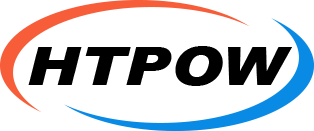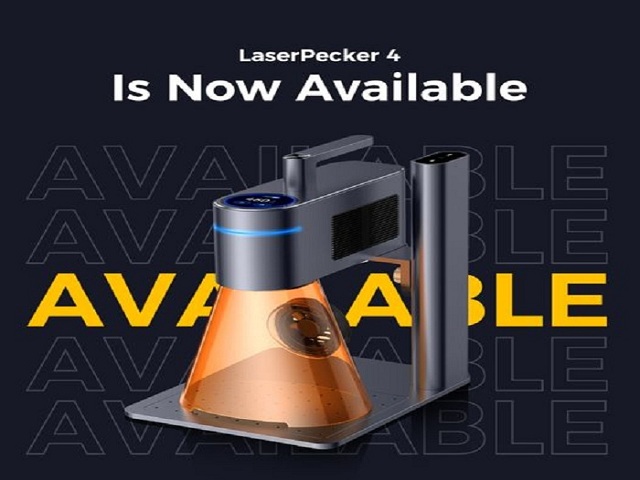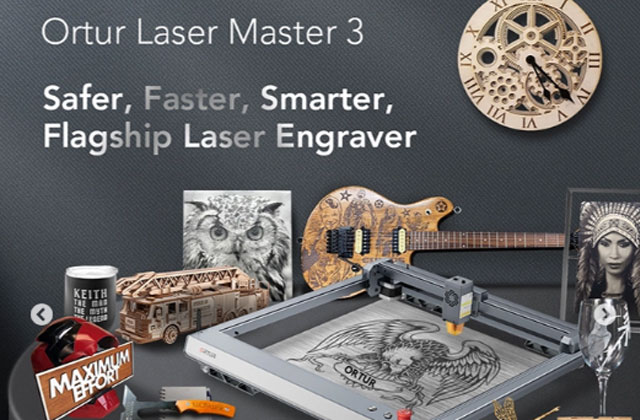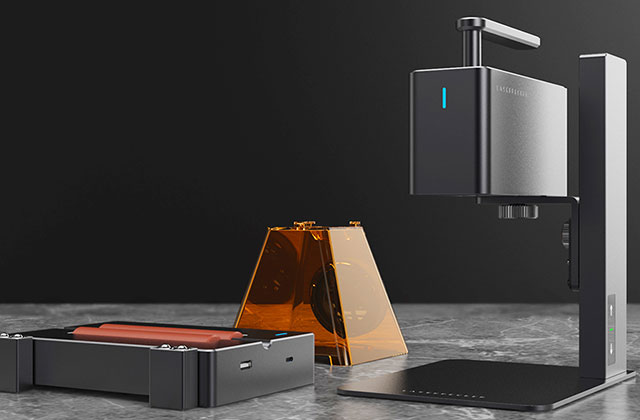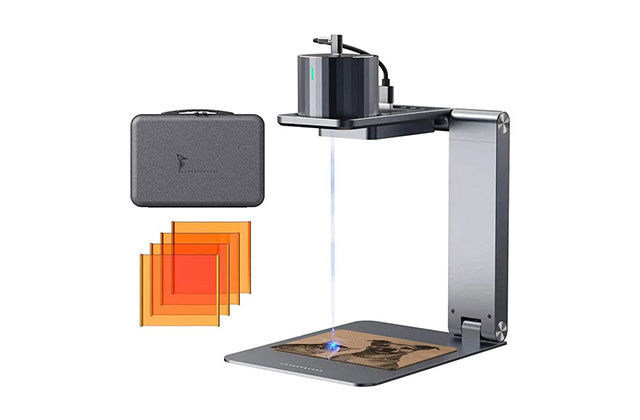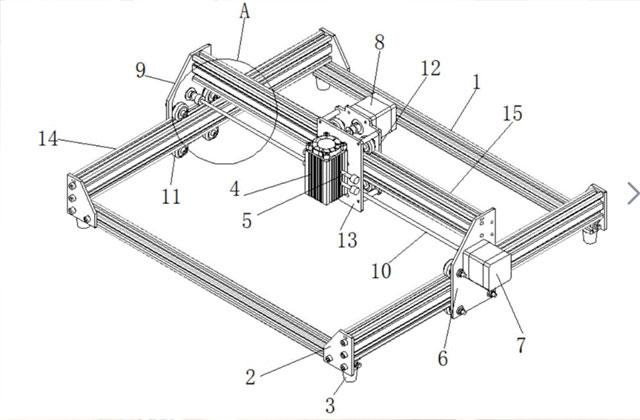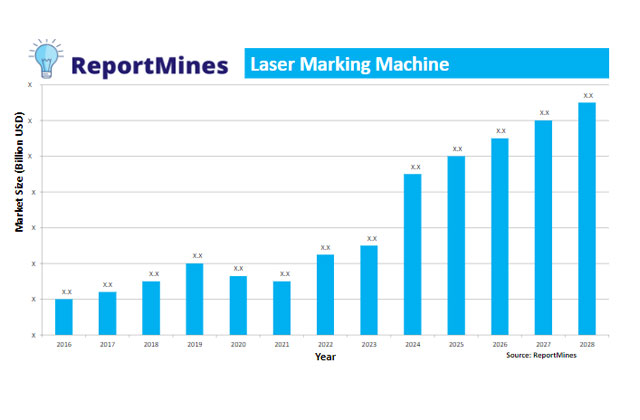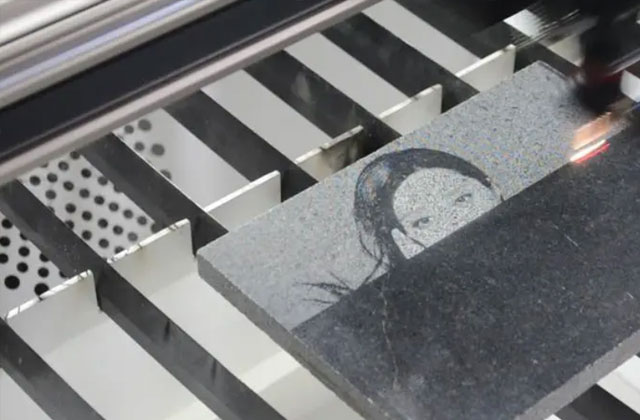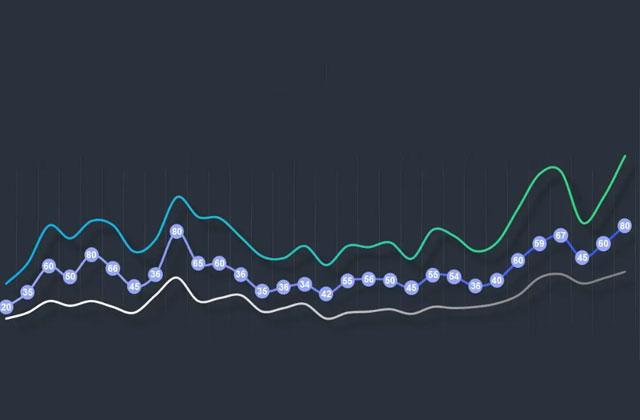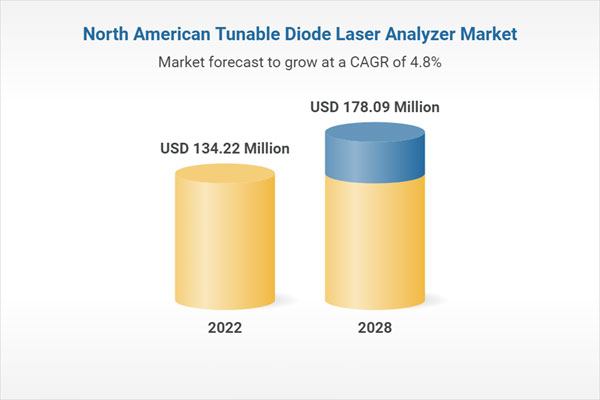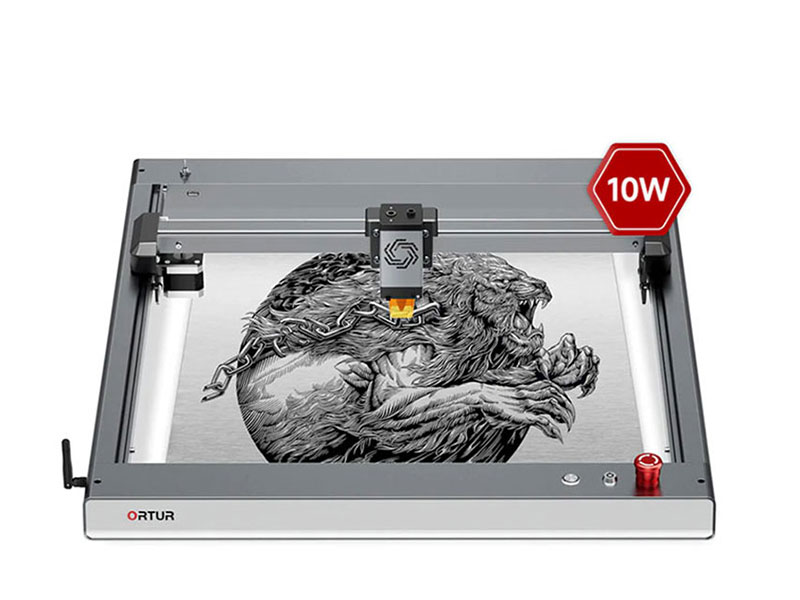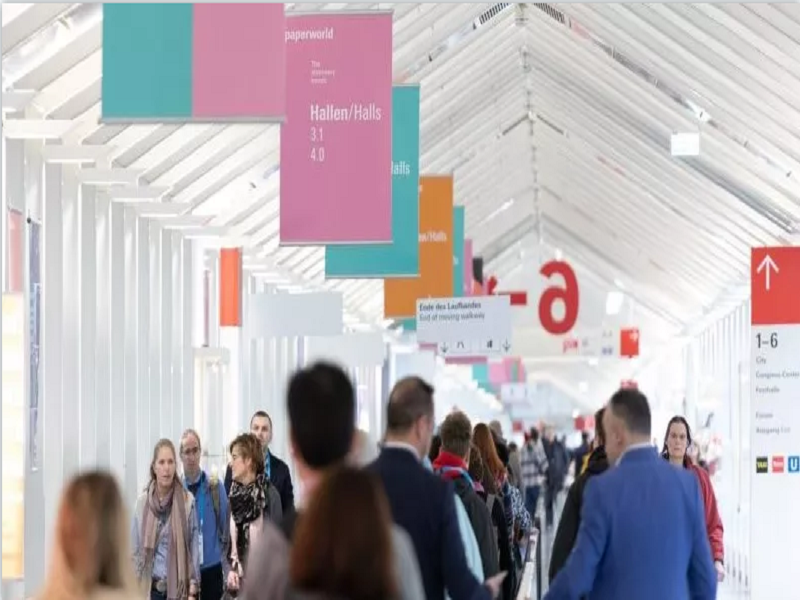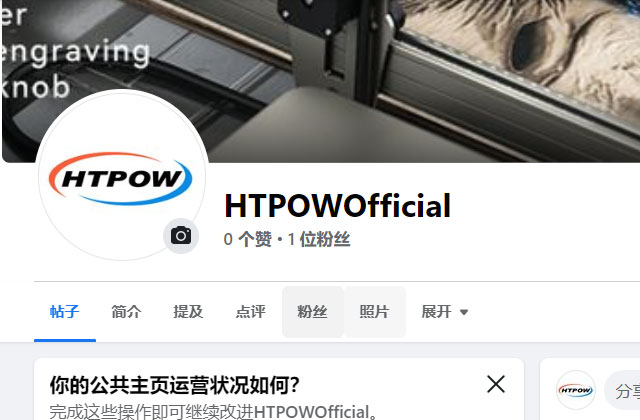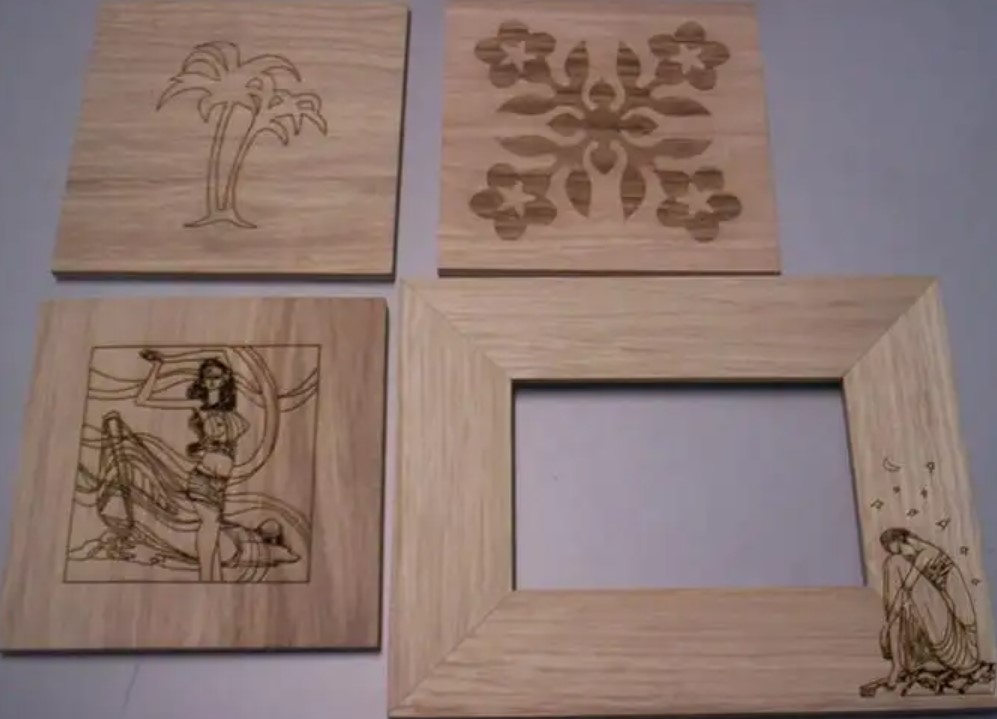
When considering industrial marking methods, screen printing and laser marking are the most common choices. Screen printing has long been a popular marking method for creating colorful designs. But when it comes to marking logos, barcodes, and measurements, laser marking is more precise and durable. In addition to high precision, laser engraving machine marking is faster and cleaner than screen printing. Below is a comparison of each method to help you decide which marking method is right for your needs.
How Do They Work?
Laser marking and screen printing use very different equipment. Although laser marking equipment is more expensive than screen printing, it requires fewer consumables and labor. And it is suitable for relatively fine marking requirements, but now the LaserPecker 2 produced by LaserPecker has also reached an engraving speed of 36000mm/min, and the engraving accuracy has reached 0.1mm.
Laser Marking and Screen Printing
Laser Marking Method
Laser engraver marking uses a laser beam to remove or oxidize a layer of surface material. The beam is controlled using computer software and directional mirrors. Contact with the beam changes the appearance and properties of the surface material to create programmed patterns. Laser marking can be used to create a variety of designs including company logos, barcodes, dimensions, and complex geometric designs. The power of the laser can be increased to etch the design or decreased to simply discolor the surface. It can achieve the effect of permanently retaining the mark. If you want a more obvious engraving effect, especially when engraving metal, it is recommended that you use a high-power laser engraving machine, you can use Ortur Laser Master 3 for your engraving work, because its laser power reaches 20W.
Screen Printing Method
Screen printing uses ink to mark the surface of the material. The mesh stencil is soaked in ink and applied to the surface using a spatula. The material is then passed through a specialized dryer to cure the ink. The inks used in screen printing are not as durable as laser marking, and while they can create various colors and patterns in layers, it is less precise. This makes it less useful than laser marking in industrial applications.
Key Criteria and Performance Factors
Screen printing and laser part marking are both viable methods for marking materials in a wide range of applications. To ensure you use the best method for your needs, be sure to consider the following key performance factors:
Material to be marked. Screen printing is suitable for almost all materials, including fabrics and industrial products, although it is not as durable as laser marking. Laser marking is ideal for industrial applications as it can be used on a wide variety of high-quality and rigid materials including metals, ceramics, plastics, and glass.
Marker color. Since screen printing uses ink to mark the material, it is available in a variety of colors and patterns. Laser marking removes a layer from the surface of the material being marked, thereby limiting the printed color to that of the heated material. For industrial use, this is enough to ensure a visible and durable marking.
equipment and training. Screen printing equipment is inexpensive and requires little training to operate, but is less precise and labor-intensive. For industrial and manufacturing use, laser marking is faster, more efficient, and of higher quality. Over time, the higher cost of laser equipment is offset by lower production and material costs.
accuracy. Screen printing equipment is difficult to calibrate for precise marking. While screen printing can be used to create multicolor patterns, the equipment is not very precise. Laser marking machines can be programmed to produce extremely small and detailed designs with extreme precision, making this method ideal for industrial production.
Versatility. While screen printing can only be applied to flat materials, laser marking allows users to print in multiple axes, which facilitates precise printing on small or profiled surfaces.
Durability. Screen-printed inks adhere to surface materials and may fade or be removed with continued rubbing or contact, making them less suitable for surfaces that are likely to be subject to abrasion or frequent human contact. Laser-marked etchings cannot be erased.
Production speed and quantity. Screen printing requires a lot of preparation and cleanup. However, laser marking is highly automated and requires very little time to set up. Once the parameters are programmed, the laser marker will complete the marking in seconds. This is especially useful for high-volume production and can significantly reduce production costs.
Advantages of screen printing
- A wider range of colors
- Lower initial equipment cost
- Works with any material, but the ink is less durable
Advantages of laser marking
- Fast and efficient production
- Less waste and more environmentally friendly
- Superior precision, especially in tight spaces or unusual shapes
- Wide range of uses
- Permanent markers won't rub off
- Reduce the possibility of pollution
- Control of etching depth
- Overall, laser marking is the best solution for producing high-precision, efficient marking, and engraving of industrial products.
Learn more about Hai Tech Lasers laser marking solutions
HTPOW has been a premier provider of superior laser marking and engraving services for over 30 years. For more information, please contact us today or request a quote.
